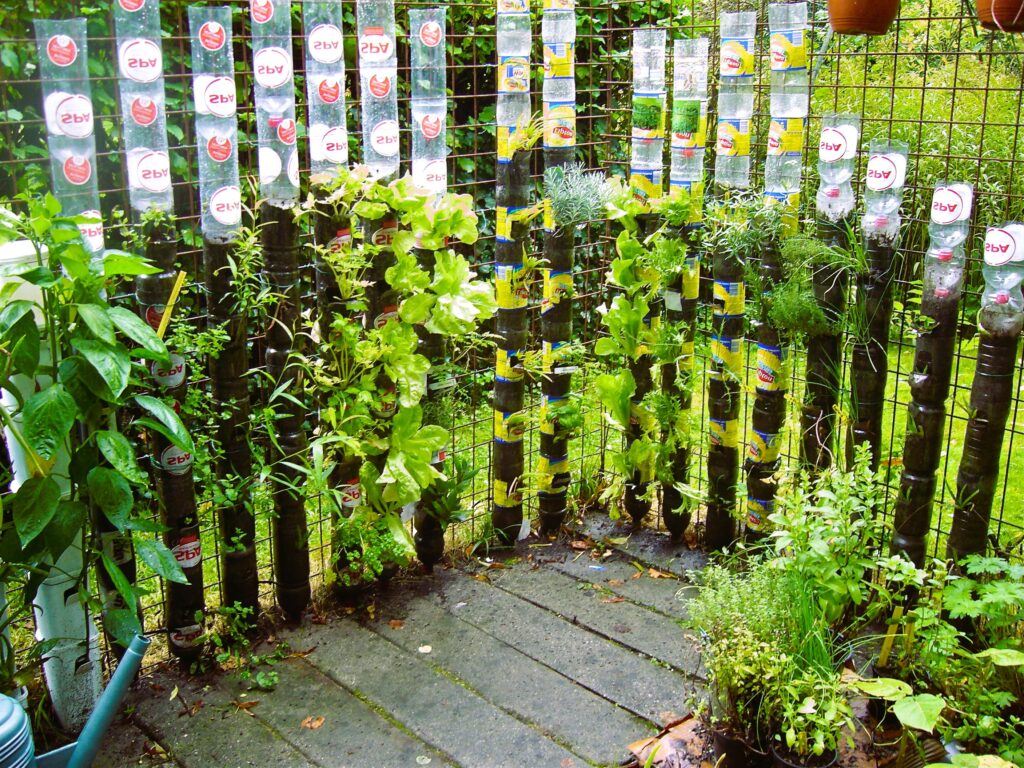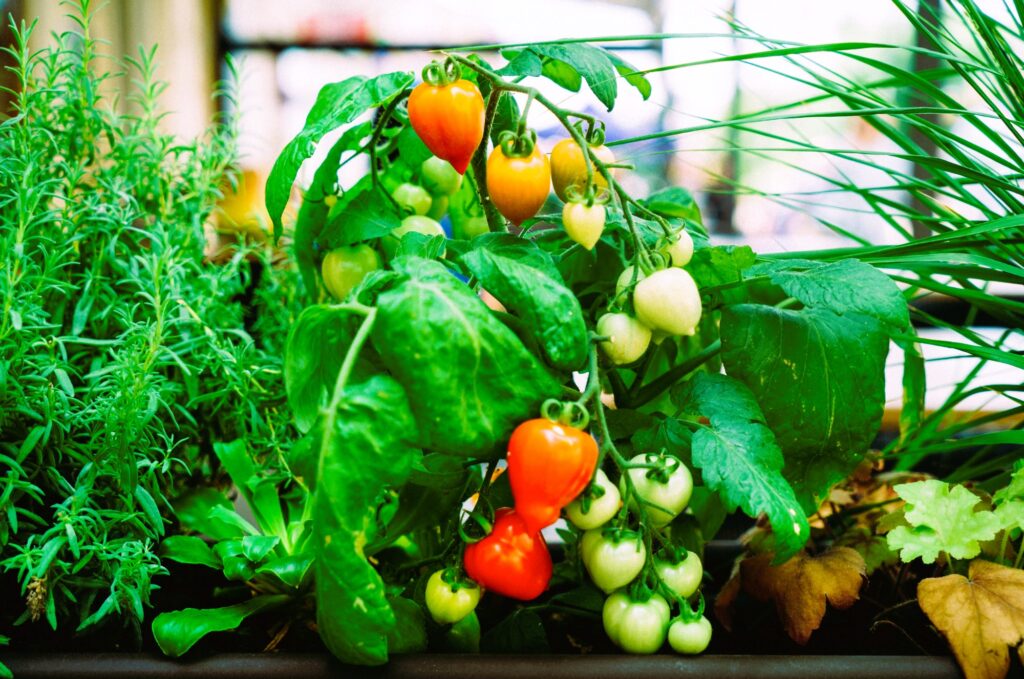Container gardening is a popular and practical solution for individuals who have limited space or live in urban environments. Whether you have a small balcony, rooftop, or patio, container gardening allows you to enjoy the benefits of growing plants and creating a green oasis in even the smallest of spaces. In this article, we will explore the art of container gardening, from selecting the right containers and soil to choosing suitable plants and providing proper care and maintenance.
- Benefits of Container Gardening
Container gardening offers numerous benefits for urban dwellers and those with limited space:
- a. Space Optimization: Containers allow you to make the most of vertical and horizontal space. By utilizing vertical surfaces, such as walls or railings, and selecting compact or trailing plants, you can create a lush garden even in a small area.
- b. Flexibility and Mobility: Containers offer the advantage of mobility, allowing you to move your plants around to optimize sunlight exposure or to protect them from harsh weather conditions. This flexibility is particularly useful in urban environments where outdoor space may be limited.
- c. Pest and Weed Control: Container gardening reduces the risk of pests and weeds that commonly affect plants in open ground. You have more control over the quality of the soil and can easily monitor and manage any potential issues.
- d. Accessibility: Container gardening provides easy access to your plants, making it convenient for watering, fertilizing, and harvesting. This accessibility also makes gardening more accessible for individuals with mobility challenges.
- Choosing Containers and Soil

Selecting the right containers and soil is crucial for successful container gardening:
- a. Container Materials: Choose containers made of materials that provide adequate drainage and insulation, such as plastic, ceramic, or terracotta. Consider the weight of the container, especially if you plan to move it frequently.
- b. Size and Depth: The size of the container depends on the plants you want to grow. Ensure the container is deep enough to accommodate the root systems of your chosen plants.
- c. Drainage: Proper drainage is essential to prevent waterlogging and root rot. Ensure containers have drainage holes or add a layer of gravel or broken pottery at the bottom to improve drainage.
- d. Soil: Use a high-quality potting mix or container gardening soil that is lightweight, well-draining, and nutrient-rich. Avoid using garden soil, as it may be too heavy and compact for container gardening.
- Choosing Suitable Plants
When selecting plants for container gardening, consider their size, growth habits, light requirements, and compatibility:
- a. Size and Growth: Choose plants that are well-suited to the size of your containers. Opt for compact or dwarf varieties of vegetables, herbs, or flowers to maximize space utilization.
- b. Light Requirements: Assess the amount of sunlight your container garden receives and select plants that thrive in those conditions. Some plants require full sun, while others prefer partial shade.
- c. Compatibility: Ensure that the plants you choose are compatible in terms of their water and nutrient needs. Avoid combining plants with significantly different requirements, as it may lead to over- or under-watering. Companion Planting: Maximizing Garden Success through Plant Combinations.
- d. Ornamental and Edible Plants: Mix ornamental plants with edible varieties to create visually appealing container gardens that also provide a fresh supply of herbs, vegetables, or fruits.
- Care and Maintenance
Proper care and maintenance are essential for the health and longevity of your container garden:
- a. Watering: Containers can dry out quickly, especially in hot or windy conditions. Regularly check the moisture level of the soil and water when it feels dry. Avoid overwatering, as it can lead to root rot.
- b. Fertilizing: Container plants often require more frequent fertilization since nutrients can be quickly depleted from the confined soil. Use a balanced slow-release fertilizer or organic options and follow the recommended application rates.
- c. Pruning and Deadheading: Regularly prune your plants to maintain their shape and size. Deadhead spent flowers to encourage continuous blooming.
- d. Pests and Diseases: Monitor your plants for signs of pests or diseases and take immediate action if necessary. Regularly inspect the leaves, stems, and soil for any abnormalities.
- Creative Container Gardening Ideas

Explore creative ideas to enhance the visual appeal of your container garden:
- a. Vertical Gardening: Install trellises, wall-mounted planters, or hanging baskets to maximize vertical space and create a lush green wall.
- b. Colorful Containers: Choose containers in various shapes, sizes, and colors to add visual interest to your garden.
- c. Succulent Gardens: Create stunning displays using a collection of succulents with different textures and colors.
- d. Herb Towers: Stack multiple containers of different sizes to create a herb tower, allowing you to grow a variety of herbs in a compact space.
- e. Edible Landscaping: Combine edible plants with ornamental flowers and foliage to create an aesthetically pleasing and productive container garden.
- Conclusion
Container gardening provides a wonderful opportunity to bring the joys of gardening to urban environments and small spaces. With careful selection of containers, appropriate soil, suitable plants, and proper care, you can create a thriving and beautiful garden oasis right outside your doorstep. Enjoy the process of experimenting with different plant combinations, designs, and creative ideas to make your container garden a personal and unique expression of your green thumb. Whether you’re growing herbs, vegetables, or flowers, container gardening offers endless possibilities for transforming small spaces into vibrant and lush havens of greenery.

